Vancomycin hydrochloride
Synonym(s):Vancomycin hydrochloride;Vancomycin monohydrochloride
- CAS NO.:1404-93-9
- Empirical Formula: C66H76Cl3N9O24
- Molecular Weight: 1485.72
- MDL number: MFCD03613611
- EINECS: 604-193-8
- SAFETY DATA SHEET (SDS)
- Update Date: 2025-12-23 21:30:31
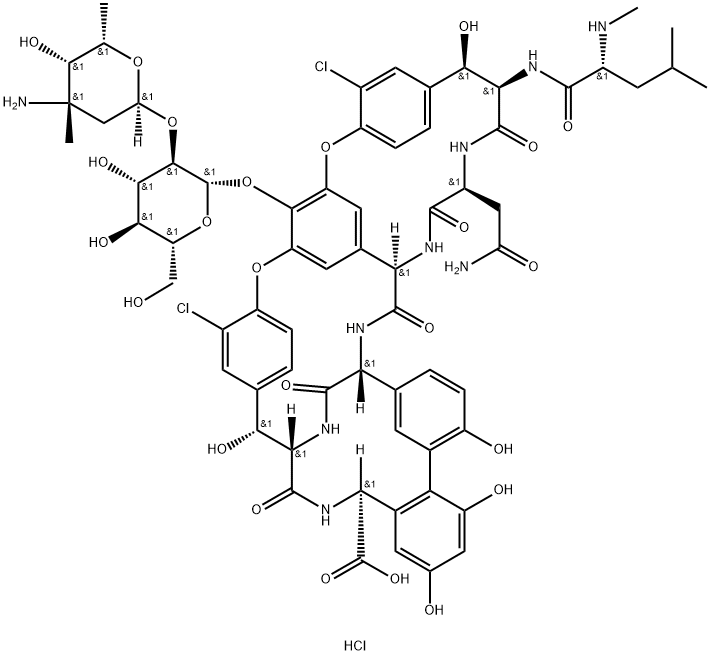
What is Vancomycin hydrochloride ?
Description
Vancomycin is a glycopeptide antibiotic identified for its utility in the treatment of gram-
Chemical properties
off white powder
The Uses of Vancomycin hydrochloride
Vancomycin hydrochloride is the salt of a glycopeptide antibiotic isolated from Amycolatopsis orientalis in 1956. Vancomycin exhibits potent activity against Gram positive bacteria and is highly effective against MRSA in vitro and in vivo. Vancomycin interferes with cell wall synthesis by binding to D-alanine-D-alanine residues.
The Uses of Vancomycin hydrochloride
Amphoteric glycopeptide antibiotic produced by Streptomyces orientalis discovered in soil. Inhibits bacterial cell wall synthesis by binding to peptidoglycan. Antibacterial.
The Uses of Vancomycin hydrochloride
Vancomycin Hydrochloride is an antibiotic used against gram-positive bacterial strains.
What are the applications of Application
Vancomycin Hydrochloride is a glycopeptide cell wall disturbing antibiotic which is effective against gram positive bacteria
What are the applications of Application
Vancomycin hydrochloride (extracted from Streptomyces orientalis) is an antibiotic used for Gram-positive bacterial strains
brand name
Vancocin Hydrochloride (ViroPharma); Vancoled (Baxter Healthcare); Vancor (Pharmacia & Upjohn).
General Description
The isolation of the glycopeptide antibiotic vancomycin(Vancocin, Vancoled) from Streptomyces orientalis (renamedA. orientalis) was described in 1956 by McCormick et al.232The organism originally was obtained from cultures of anIndonesian soil sample and subsequently has been obtainedfrom Indian soil. Vancomycin was introduced in 1958 as anantibiotic active against Gram-positive cocci, particularlystreptococci, staphylococci, and pneumococci. It is not activeagainst Gram-negative bacteria, with the exception ofNeisseria spp. Vancomycin is recommended for use wheninfections fail to respond to treatment with the more commonantibiotics or when the infection is known to be caused by aresistant organism. It is particularly effective for the treatmentof endocarditis caused by Gram-positive bacteria.
Vancomycin hydrochloride is a free-flowing, tan tobrown powder that is relatively stable in the dry state. It isvery soluble in water and insoluble in organic solvents. Vancomycin inhibits cell wall synthesis by preventingthe synthesis of cell wall mucopeptide polymer. It does soby binding with the D-alanine-D-alanine terminus of theuridine diphosphate-N-acetylmuramyl peptides requiredfor mucopeptide polymerization.236 Details of the bindingwere elucidated by the elegant NMR studies of Williamson.
Biochem/physiol Actions
Vancomycin is a glycopeptide antibiotic that blocks bacterial cell wall biosynthesis at the level of peptidoglycan biosynthesis. It inhibits incorporation of terminal D-alanyl-D-alanine moieties of the NAM/NAG-peptides. It is effective against Gram-positive bacteria. Vancomycin also alters bacterial-cell-membrane permeability and RNA synthesis.
Veterinary Drugs and Treatments
Vancomycin should only be used to treat infections that are documented resistant to other antibiotics and susceptible to vancomycin, usually methicillin-resistant Staphylococcus spp. (MRSA) or multidrug-resistant Enterococcus spp. It potentially is useful for oral treatment of pseudomembranous colitis caused by Clostridia difficile.
Storage
+4°C
Properties of Vancomycin hydrochloride
| Melting point: | >190°C (dec.) |
| alpha | [α]D20 -30~-40゜ (c=1, H2O) |
| Flash point: | 87℃ |
| storage temp. | 2-8°C |
| solubility | H2O: 50 mg/mL, clear, yellow |
| form | Powder |
| color | colorless to faint yellow or tan |
| PH | pH (50g/l, 25℃) : 2.5~4.5 |
| Water Solubility | Soluble in water. Slightly soluble in methanol, ethanol and dimethylsulfoxide. |
| Sensitive | Hygroscopic |
| Merck | 13,9995 |
| BRN | 3704657 |
| Stability: | Hygroscopic |
Safety information for Vancomycin hydrochloride
| Signal word | Danger |
| Pictogram(s) |
 Health Hazard GHS08 |
| GHS Hazard Statements |
H317:Sensitisation, Skin H334:Sensitisation, respiratory |
| Precautionary Statement Codes |
P261:Avoid breathing dust/fume/gas/mist/vapours/spray. P280:Wear protective gloves/protective clothing/eye protection/face protection. P284:Wear respiratory protection. P304+P340:IF INHALED: Remove victim to fresh air and Keep at rest in a position comfortable for breathing. P342+P311:IF experiencing respiratory symptoms: call a POISON CENTER or doctor/physician. |
Computed Descriptors for Vancomycin hydrochloride
Vancomycin hydrochloride manufacturer
Add Biotec
New Products
4,4-Difluoropiperidine hydrochloride tert-butyl 9-methoxy-3-azaspiro[5.5]undecane-3-carboxylate Indole Methyl Resin N-Isopropylurea N,N-Dicyclohexylcarbodiimide(DCC) MELDRUMS ACID 5-METHYLISOXAZOLE-4-CARBOXYLIC ACID Magnessium Bis glycinate Zinc ascorbate 1-bromo-2-butyne 2-acetamidophenol 9(10H)-anthracenone Erythrosin B, 4-Piperidinopiperidine 2-((4-morpholinophenylamino) (methylthio) methylene) malononitrile 2,4-dihydroxybenzaldehyde 3-(4-morpholinophenylamino)-5-amino-1H-pyrazole-4-carbonitrile Methyl 2-methylquinoline-6-carboxylate 2,6-dichloro-4-nitropyridine 4-Bromo-2-chlorobenzonitrile 2-(benzylamino)acetic acid hydrochloride 4-(tert-Butoxycarbonylamino)but- 2-ynoic acid 3,4-dihydro-2H-benzo[b][1,4]dioxepine 1-Phenyl-1-cycloprppanecarboxylicacidRelated products of tetrahydrofuran
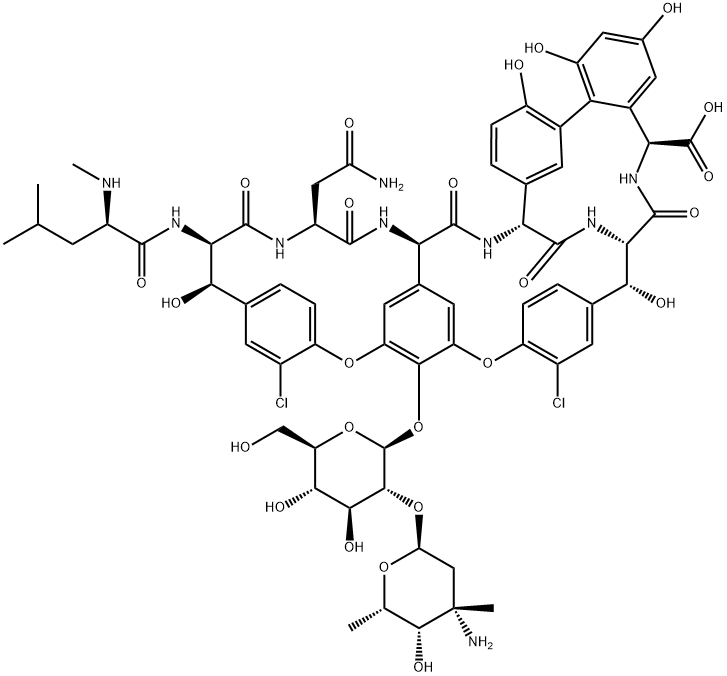
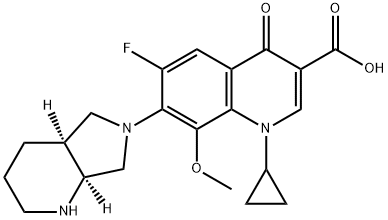
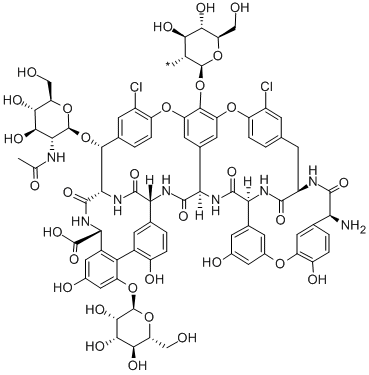

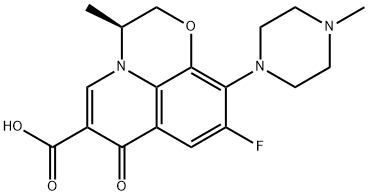
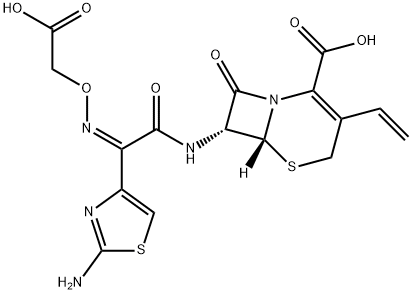
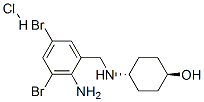
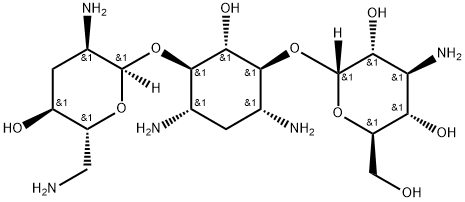
You may like
-
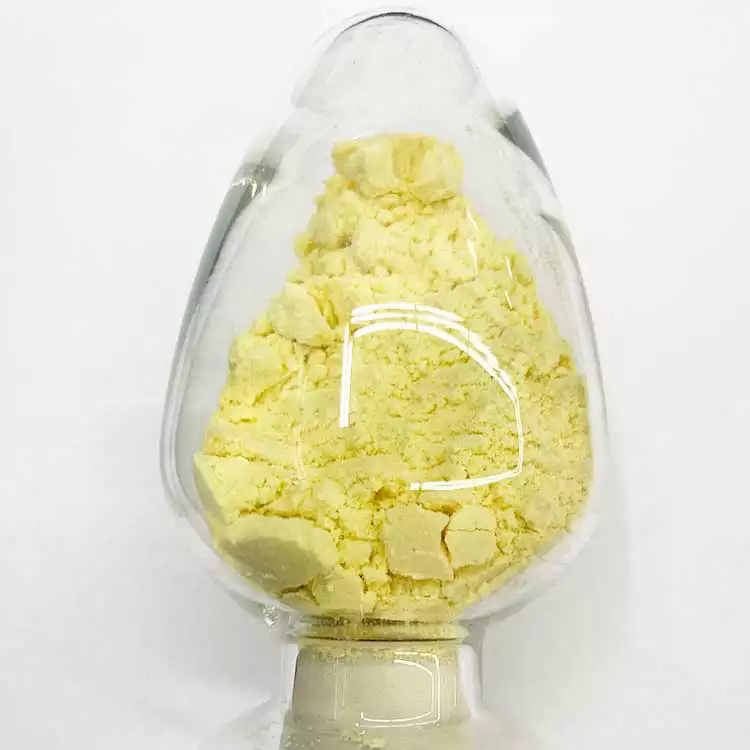 Vancomycin HCL 99%View Details
Vancomycin HCL 99%View Details -
 Vancomycin hydrochloride 98%View Details
Vancomycin hydrochloride 98%View Details
1404-93-9 -
 Vancomycin Hydrochloride (VNC) CAS 1404-93-9View Details
Vancomycin Hydrochloride (VNC) CAS 1404-93-9View Details
1404-93-9 -
 Vancomycin HCl 95% CAS 1404-93-9View Details
Vancomycin HCl 95% CAS 1404-93-9View Details
1404-93-9 -
 Vancomycin hydrochloride, from Streptomyces orientalis, ≥85% (HPLC) CAS 1404-93-9View Details
Vancomycin hydrochloride, from Streptomyces orientalis, ≥85% (HPLC) CAS 1404-93-9View Details
1404-93-9 -
 Vancomycin hydrochloride from Streptomyces orientalis CAS 1404-93-9View Details
Vancomycin hydrochloride from Streptomyces orientalis CAS 1404-93-9View Details
1404-93-9 -
 Vancomycin supplement CAS 1404-93-9View Details
Vancomycin supplement CAS 1404-93-9View Details
1404-93-9 -
 Vancomycin hydrochloride CASView Details
Vancomycin hydrochloride CASView Details
